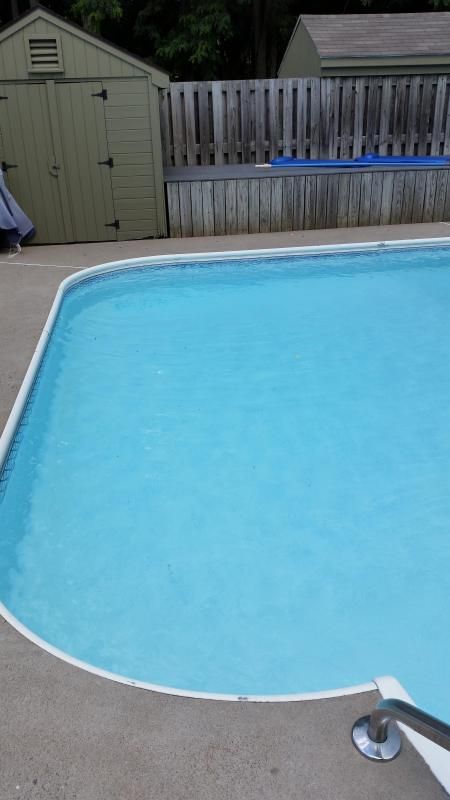So I've seen a few posts where a product called Culator has been discussed. I haven't seen anything where it has been approached scientifically, and I happen to have two pools with iron issues that I can experiment with. Both pools have extensive iron staining on the liner, stairs, skimmer plates, and return jets. I intend to do an Ascorbic Acid treatment and add a sequestrant to get the stains off, and then I will try the Culator. I just ordered an iron test kit so I can monitor any progress along the way.
I plan on testing the iron before I do anything. Test it again once I do the AA treatment, and several times in the days following. Then I will put the Culator in the skimmer and test weekly.
Does anyone have any thoughts before I get started?
I'm also playing with a few other ideas. One of them is to use a garden hose iron filter, and attach it to the return jet. The filter is rated to filter 8000 gallons, and one of the pools is about 13000 gallons. If the filter works, it should cut the iron down by at least half. I might even try two filters connected in parallel to double the capacity, and allow for better flow.
Another involves building an aeration chamber, but I'm not sure what to do with that one yet. I've heard people using pillow stuffing, which might be a good idea, but I was also thinking about running the water through something like ping pong balls so as it is aerated, there is significant surface area to deposit iron on.
I plan on testing the iron before I do anything. Test it again once I do the AA treatment, and several times in the days following. Then I will put the Culator in the skimmer and test weekly.
Does anyone have any thoughts before I get started?
I'm also playing with a few other ideas. One of them is to use a garden hose iron filter, and attach it to the return jet. The filter is rated to filter 8000 gallons, and one of the pools is about 13000 gallons. If the filter works, it should cut the iron down by at least half. I might even try two filters connected in parallel to double the capacity, and allow for better flow.
Another involves building an aeration chamber, but I'm not sure what to do with that one yet. I've heard people using pillow stuffing, which might be a good idea, but I was also thinking about running the water through something like ping pong balls so as it is aerated, there is significant surface area to deposit iron on.


